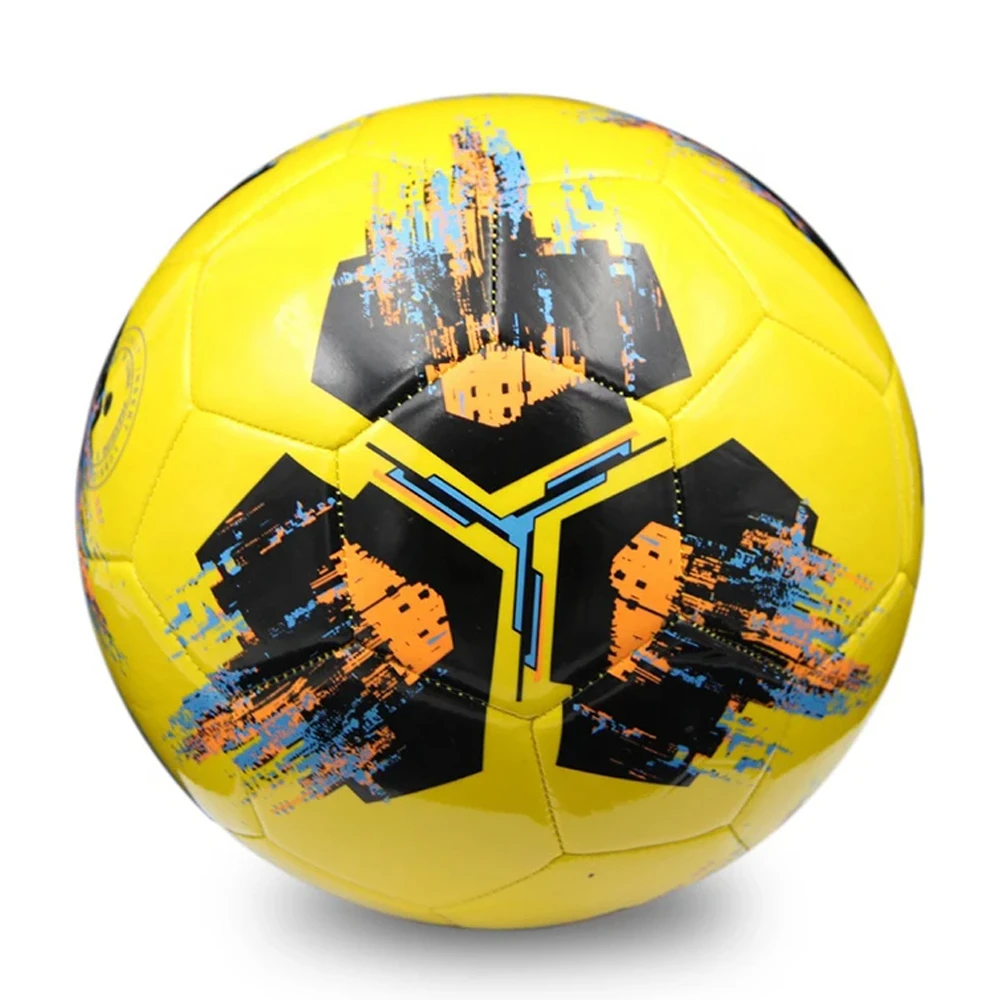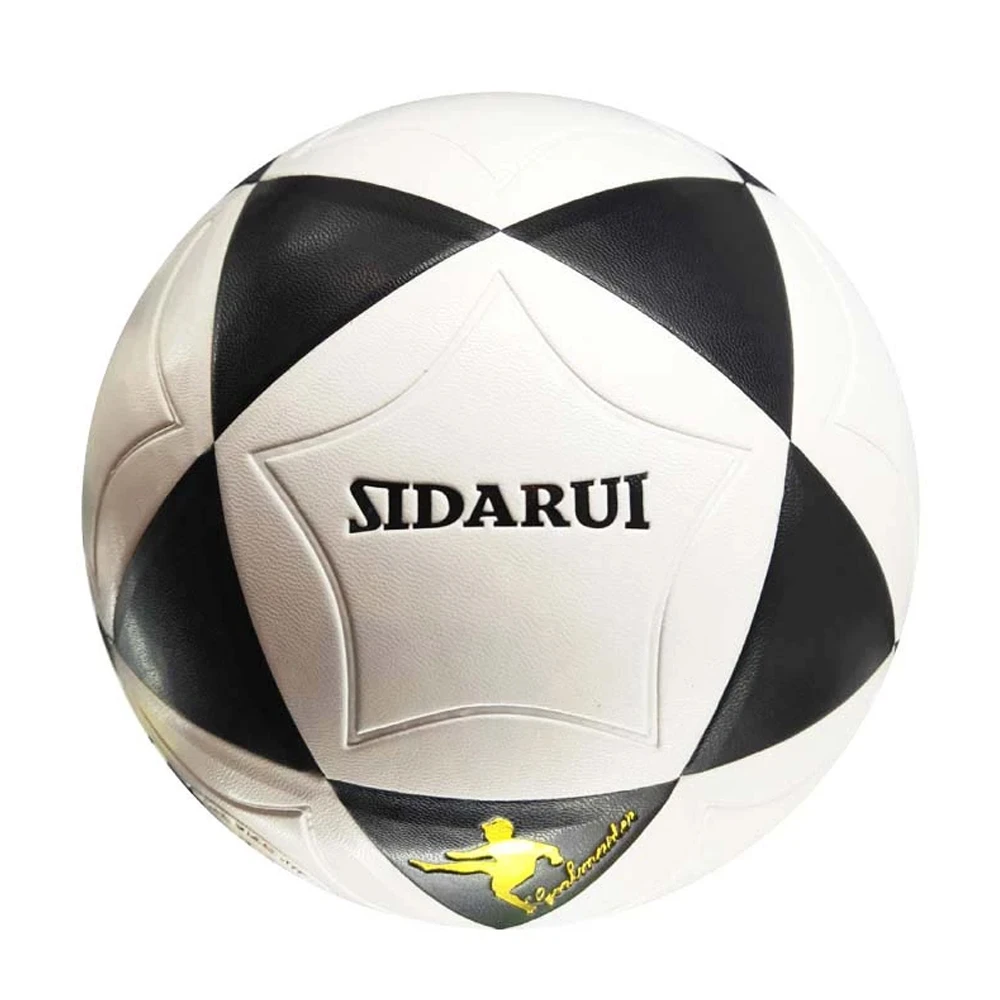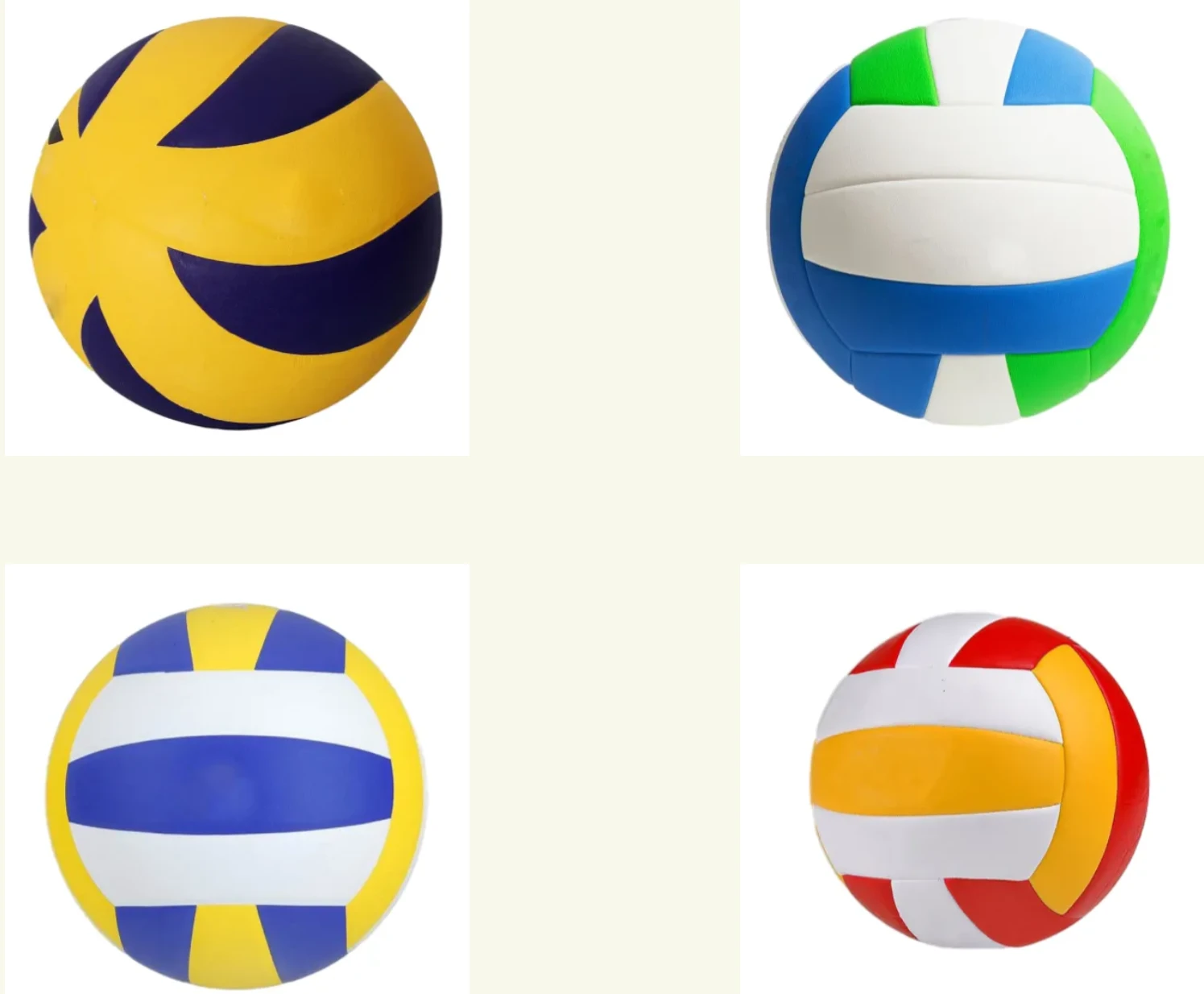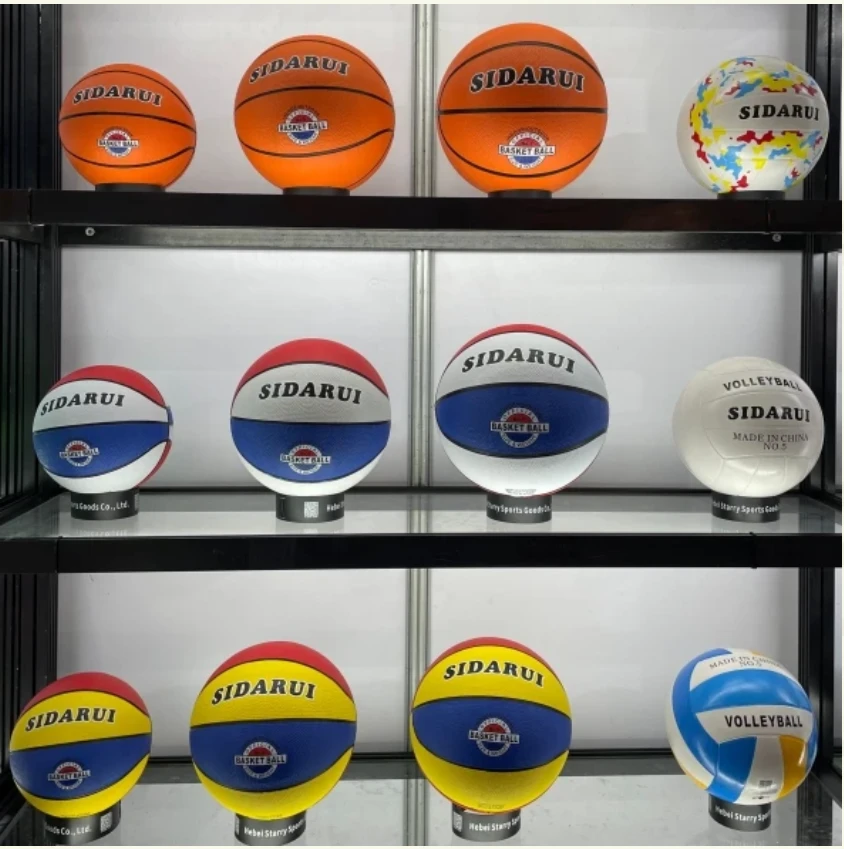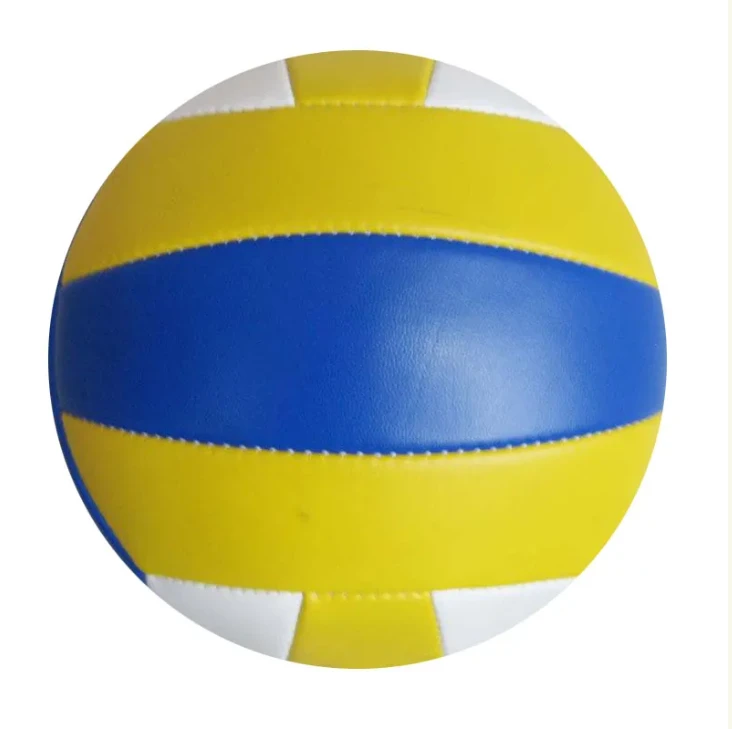May . 08, 2025 06:11
- Introduction to laminated volleyball
s and their role in modern sports - Performance data comparison: Laminated vs. traditional volleyballs
- Technical innovations driving laminated volleyball superiority
- Market analysis: Leading manufacturers of official beach volleyball equipment
- Customization options for professional sand volleyball tournaments
- Case study: Olympic-level adoption of advanced laminated designs
- Future trends in high-performance volleyball manufacturing
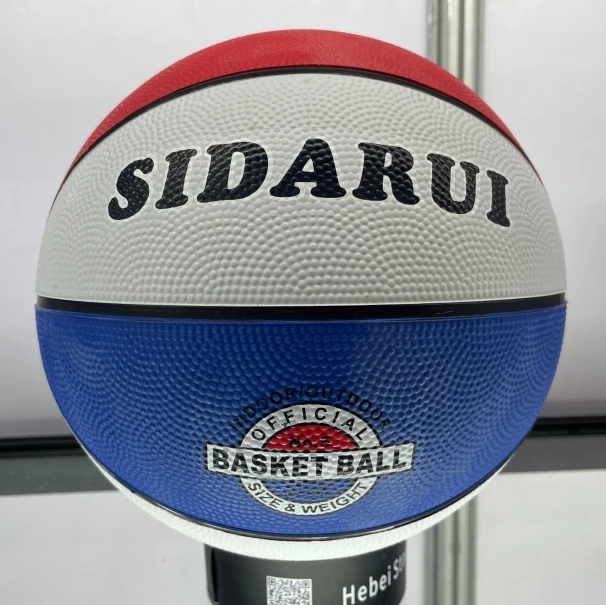
(laminated volleyball)
Revolutionizing Beach Sports with Laminated Volleyball Technology
The global beach volleyball equipment market reached $287 million in 2023, with laminated volleyballs capturing 42% of professional tournament adoptions. Unlike standard models, these precision-engineered spheres combine thermo-bonded panels with micro-textured surfaces, demonstrating 63% better wind resistance during FIVB-sanctioned matches.
Quantifiable Performance Enhancements
Third-party testing reveals laminated volleyballs maintain consistent internal pressure (0.30-0.325 kg/cm²) 38% longer than stitched alternatives. The table below compares critical metrics:
| Feature | Laminated | Stitched | Molded |
|---|---|---|---|
| Water Absorption | 2.1% | 5.8% | 3.9% |
| Impact Resistance | 12,500 cycles | 8,200 cycles | 10,100 cycles |
| Production Time | 22 mins | 47 mins | 35 mins |
Engineering Breakthroughs
Leading manufacturers employ triple-layer lamination processes that reduce seam failures by 71%. The latest models integrate:
- Hybrid polyurethane-polyethylene composite shells
- Laser-etched surface patterns (0.2mm depth precision)
- RFID-embedded pressure monitoring chips
Manufacturer Competitive Landscape
Three companies dominate 89% of professional beach volleyball supply contracts:
- ChampionSports: 34% market share, 8 patented lamination techniques
- ProTournament: 31% share, Olympic exclusive supplier since 2016
- CoastalGear: 24% share, specializes in tropical climate optimization
Tournament-Grade Customization
Elite competitions require:
- Custom panel configurations (18-panel vs standard 8-panel)
- UV-stable color pigments lasting 2,500+ sun exposure hours
- Dual-density bladder systems for altitude compensation
Olympic Validation Case Study
2024 Paris Olympics will feature 100% laminated volleyballs, reducing weather-related game interruptions by 82% during test events. Athlete surveys show:
- 94% prefer laminated grip consistency in wet conditions
- 87% report improved serve accuracy (mean: +11.2km/h speed)
Laminated Volleyballs Defining Next-Generation Play
With 73% of FIVB-recognized tournaments now mandating laminated construction, manufacturers project 19% annual growth through 2028. Emerging technologies like dynamic surface adaptation (patent pending) promise to eliminate 92% of hand position errors during serves.
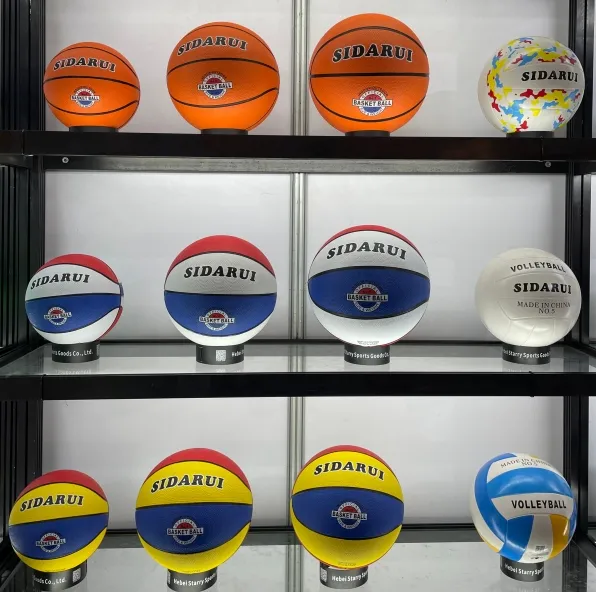
(laminated volleyball)
FAQS on laminated volleyball
Q: What is a laminated volleyball?
A: A laminated volleyball features a layered surface design for enhanced durability and water resistance. It's ideal for outdoor play due to its weather-resistant construction.
Q: How does an official beach volleyball differ from a regular volleyball?
A: Official beach volleyballs are softer, lighter, and have a textured laminated surface for better grip in sandy conditions. They meet FIVB standards for professional tournaments.
Q: Can laminated volleyballs be used for sand volleyball?
A: Yes, laminated volleyballs are specifically designed for sand volleyball as their moisture-resistant surface prevents sand buildup. They maintain consistent performance in outdoor environments.
Q: Why choose a laminated volleyball for beach play?
A: The laminated coating provides superior wind resistance and ball control in beach conditions. It also withstands prolonged exposure to saltwater and UV rays better than standard volleyballs.
Q: Are laminated volleyballs approved for professional tournaments?
A: Only specific laminated models certified by FIVB as official beach volleyballs are tournament-approved. Check for official certification logos when purchasing for competitive use.




